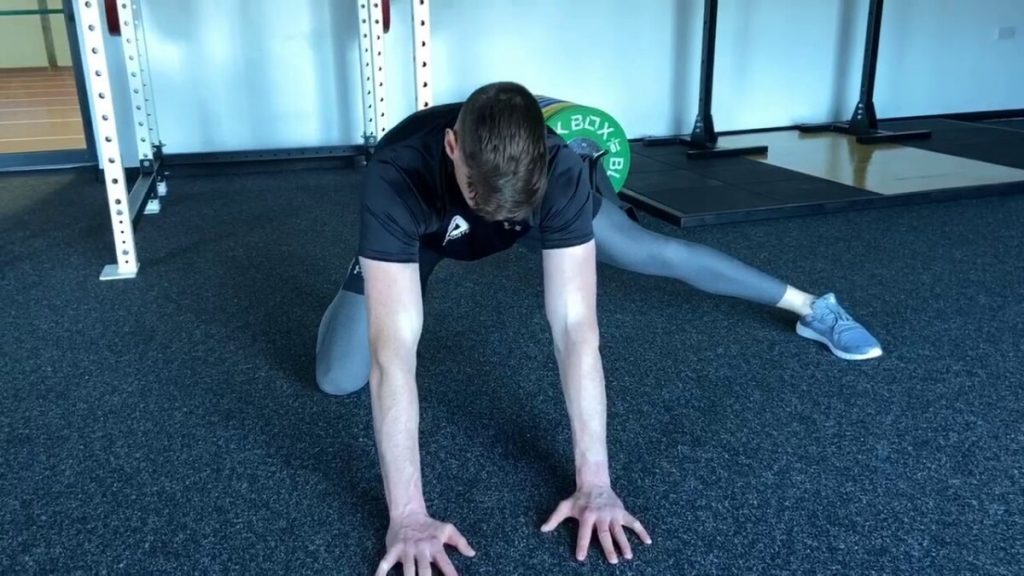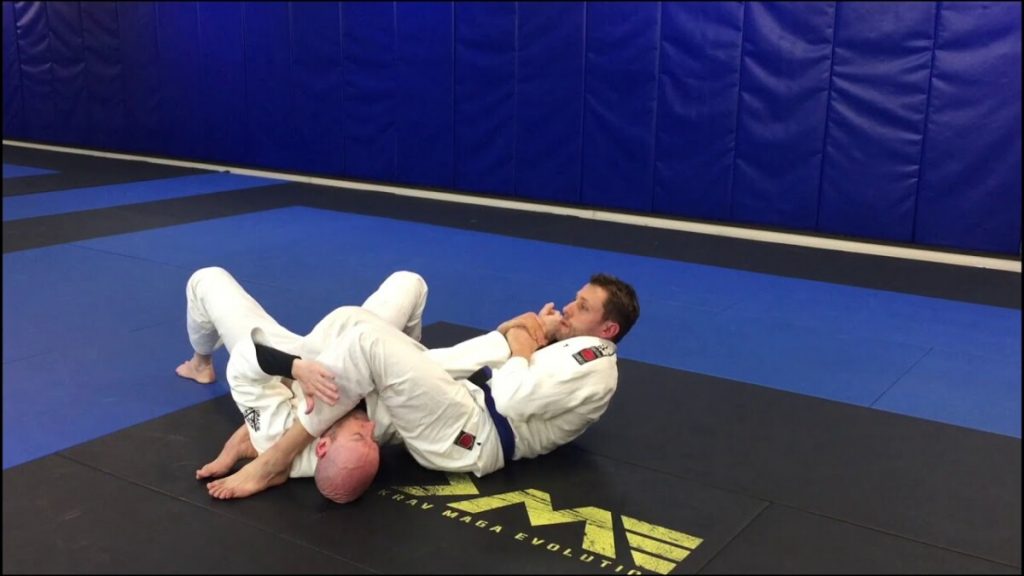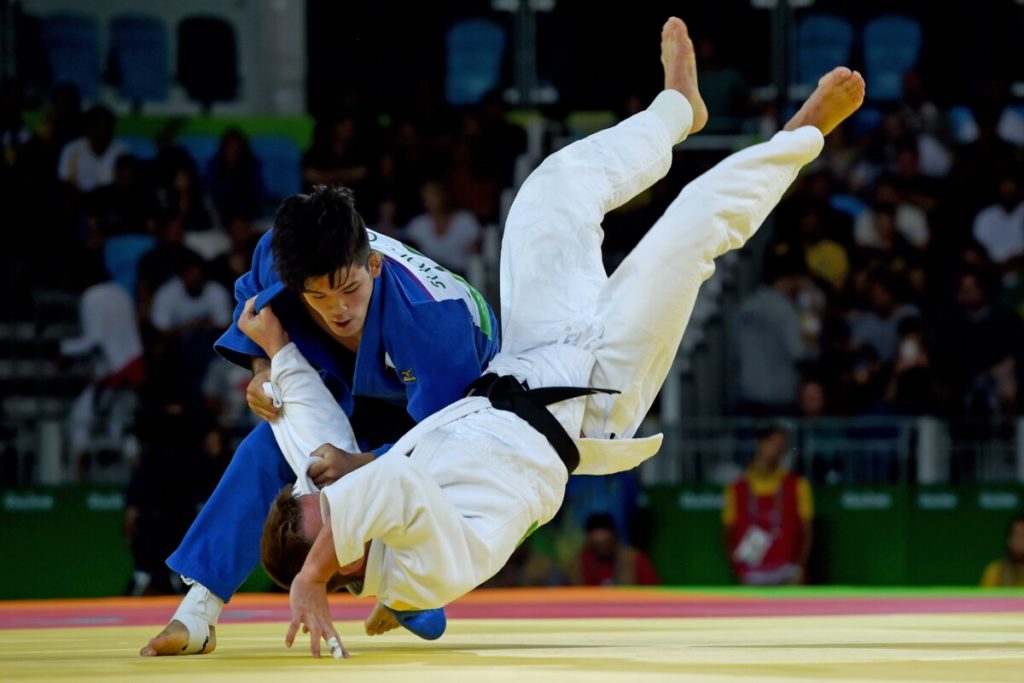Muay Thai Fouls: The art of eight limbs, or muay thai, is a brutal sport. In the ring, knockouts, cuts, and fractures are frequent results of fights between two fighters. Many new viewers are shocked to learn that there are really several restrictions in place to safeguard a fighter’s health and safety, especially considering that brutal techniques like elbows and knees to the head are permitted in professional competitions.
We list eight frequent Muay Thai fouls in this post. We’ll define them, discuss why using these tactics is prohibited, and provide some instances of how to stay away from using them in the ring.
Typical Muay Thai Fouls You Should Be Aware Of
Check out the 8 types of muay thai fouls which you should be aware of:
1) Kneeing To The Groin Area

This one should go without saying. Anyone who has been struck squarely in the groyne during a fight will attest to the fact that the agony lasts for several minutes after the offending blow and affects how they fight. The referee will issue you an instant warning and give your opponent up to five minutes to heal if you unintentionally knee them in the groyne during a match. You should use caution when using your knees since the battle will be declared a “No contest” if they are unable to recover by then.
The legality of teeps directly to the groyne in traditional Muay Thai is a topic of much discussion online. While there is a significant debate on whether foul strikes are only defined as knees to the groyne in the clinch, meaning that teeps to the groyne are acceptable, it is generally agreed upon that deliberate groyne hits are just bad sportsmanship.
In truth, Rajadamnern Stadium unequivocally declares the following on its website:
“Because of the significant risk of serious injury, deliberate strikes to the groyne area are prohibited.”
That is to say, no groyne hits. At all.
You might also be interested in reading this: 10 Muay Thai Fighters To Watch In 2024’s ONE Friday Matches
2) Leg Hooking

One of the highest-scoring moves in Muay Thai is the sweep, which is also a major component of the sport. An opponent may fall headfirst onto the canvas if you catch their kick and then sweep away their supporting leg. They may lose all confidence and feel deflated, which will make them kick less.
You may volley your opponent aloft by using your hip and the front of your shin when sweeping and throwing in a fight. To sweep your opponent, you cannot, however, hook their standing leg with your own. To put it simply, you cannot send your opponent flying through the air by using the rear of your foot or making contact with their leg with your calf muscle.
3) “Judo” Throws

You may employ a variety of sweeps and throws from the Muay Thai clinch. One of the greatest scoring strategies is to control your opponent’s posture and balance so they lose it and fall to the ground. Nonetheless, there is one unlawful throw that is frequently witnessed in amateur competitions; it resembles the one in the aforementioned video.
With this throw, you can disrupt your opponent’s stance by using the rear of your leg. It is a foul, as we’ve already mentioned. Additionally, giving up on an opponent in the clinch conveys that they are clearly the more powerful player. You appear to be withdrawing, which puts you in a vulnerable position from which you cannot defend yourself. This not only prevents you from scoring, but it may also reflect poorly on you on the scorecards.
4) Seizing the Rope

There are several methods to make use of the ropes in Muay Thai. Sadly, using your glove to grab them is not one of them. Gripping the ropes implies that you have lost control and that you would have been swept or fallen if they were not within reach, even if you can lean into, over, or position yourself against them at your will during a battle.
You can be forced to stay in a standing posture if your opponent sweeps you into the ropes. This is not an issue; although it was not done well, it may have received a modest score from the judges, not as much as a full sweep.
It is implied that you have deceived your opponent by grabbing the ropes to prevent a score sweep. Therefore, you may lean on the ropes if you get swept into them; just don’t use your hands.
5) Hitting A Downed Enemy

Any fighter who is on the ground save for their feet is considered downed in Muay Thai. A combatant who is on their back, has taken a knee, or has put their glove on the canvas is not eligible for a strike. This implies that in a sweep, you cannot “accidentally” drop a knee or elbow on your opponent by following them to the ground. (Standing your opponent down during a sweep also demonstrates a lack of control and receives a worse score.
You may, however, hit an opponent while they’re falling. All you have to do is make sure that your timing is perfect, because the bout will be declared a “No contest” if you unintentionally foul and your opponent is rendered incapable of continuing.
6) Following A Kick With More Than Two Steps

This is one of the most often committed infractions in Muay Thai, and it’s also one that’s misused in matches the most. Many individuals mistakenly think that you must sweep or drop an opponent’s leg once you have caught their leg, and you may only move forward two steps at a time. The rule is actually a little more complicated than that.
Since the two-step rule only applies to forward steps, you are free to take as many backward steps as you wish while maintaining contact with your opponent’s leg without drawing a foul. Furthermore, you have a maximum of two steps before you have to employ a Muay Thai weapon provided you strictly adhere to the guidelines. In other words, the count resumes and you are permitted to take two more steps if you take two and then draw your opponent into a knee.
Only recently has this regulation been put into practice. Previously, you could “plough” your opponent across the ring after they caught a kick, causing them to bounce forcefully off the ropes and into your oncoming assault.
7) “Splinter Breaking”

In order to execute a throw from the body-lock position, “breaking the spine” is a typical infraction from the Muay Thai clinch. This offence is committed when a fighter drives their opponent backward in a manoeuvre akin to a bearhug by squeezing their spine. Because it can result in lifelong, irreversible spinal damage that a fighter will have to live with, this is extremely risky. Therefore, if you find yourself in a body-lock, be careful to flip your opponent and use your hips to finish them off.
8) Hitting The Back Of The Head With A Spine-Specifically Strike

Despite the brutal nature of muay thai, it is ultimately still a sport, and while fighters who scale the ropes run the danger of suffering life-threatening injuries, it is never their intention to cause their opponent permanent harm. Consequently, this last infraction ought to be rather obvious.
A person’s nervous system may be permanently damaged if they are struck in the back of the head or in the spine. Never, under any circumstances, attack them in a contest, no matter how close or intense it may be. We’re talking about brain damage and paralysis here.
These places are usually only accessible while your opponent is facing away from you. In such a scenario, accept the points you’ve already earned and let your opponent go to fight another day. You are already in a very strong and advantageous position, and the referee will probably step in at any time to warn or count them out.
These are the 8 types of muay thai fouls. Let us know your thoughts in the comment section below.

